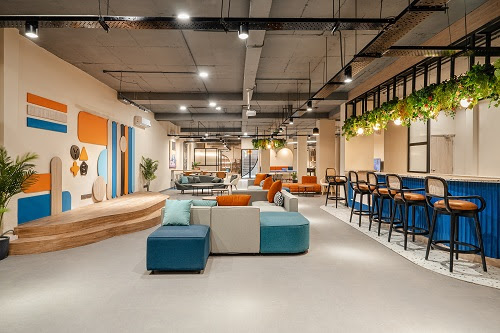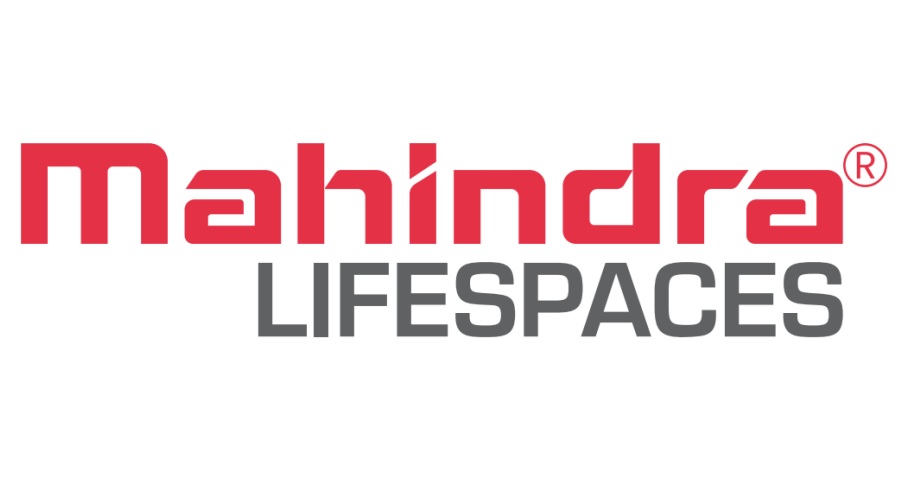E - PAPER
Can 3D Printing Change the Way We Build?
Is 3D printing revolutionizing the building industry? I know you are raising your big eyeballs and thinking how is it going to be? Let’s unfold the breakthrough technology making waves from international to national space. Text: SreyasiMaity 3D printing is the most intriguing, d
 BY
Realty Plus
BY
Realty Plus
Published - Wednesday, 17 Oct, 2018

Is 3D printing revolutionizing the building industry? I know you are raising your big eyeballs and thinking how is it going to be? Let’s unfold the breakthrough technology making waves from international to national space.
Text: SreyasiMaity
3D printing is the most intriguing, disruptive and emerging technology. Where there are mixed opinions on being expensive and unpolished, the new method of manufacturing structures – from medical devices to airplanes, 3D printing is being used globally in real estate industry for new developments.
In 2014, design & engineering firm Arup Group created a redesign of a steel node for a lightweight structure using3D printing or additive manufacturing (AM).
LafargeHolcimhas developed 3D printing for creating specific constructional structures. They produce large-scale 3D printed custom made geometric structures at economical rates in shorter production time compared to the traditional methods. The examples of their 3D-printed structures include:
• A 13-ft. post supporting the playground roof of a middle school in Aix-en-Provence, France.
• A Ile-de-France regional authority pavilion, presently at concept stage and based on a LafargeHolcim, XtreeE, ABB and DassaultSystèmes design collaboration.
AECOM, theintegrated engineering and technical services firm is making 3D printing construction breakthrough in its projects, from developing a low income “contour crafted” building design in California to a full-fledged office in Dubai.
Shanghai WinSun Decoration Design Engineering Co used 3D printers to push out concrete structures for just $4,800 apiece. The company succeeded in producing a 5-story apartment building, said to be the world’s tallest 3D printed building and one of the most impressive achievements to date in the field of 3D printing.
First 3D printing office building in Dubai was printed in 17 days and constructed in 48 hours. A3D-printer measuring 6m x 36m x 12m wasused.Dubai aims for one-quarter of its buildings to be 3D printed by 2025.
3D Printing in India
According to a research conducted by 6Wresearch, India’s 3D printing market is projected to grow at around 20 percent CAGR during 2014-19.Charanjit Shah, Founder of the leading international architecture and design firm Creative Group shared his opinion, “3D-Printing in India finds itself at a nascent stage. Most of the 3D-Printing technology comes from countries abroad. Few years back, the first large Indian industrial 3D-Printer was developed by several IIT and NIT graduates. This shows that India has the capabilities of making its own up-to-date technological products.”
As with any promising technology, 3D printing faces the challenge of being able to work on architectural scale and easily integrating into a construction site the materials and process that cannot be easily code-certified. Pradeep Nair, Managing Director of India and SAARC, Autodesk says, “There are possibilities of 3D printed buildings in India. People are experimenting on a wide scale. In terms of business developers, it’s very challenging but I don’t think it’s going to happen in next few years.”
The 3D printed building technique will need systems that constantly monitor and inspect the materials quality as they are being produced. The 3D printing technology still has a long way to go before it becomes commercially viable but it does provides food for thought to architects, engineer as well as real estate developers.Also, as Charanjit Shah, says, “3D printing is still substantially more expensive than traditional construction. As the construction industry continues to modernize, 3D printing could play a role in project delivery.”
How it works
The computer-controlled process of 3D printing creates three-dimensional solid objects from a digital file like CAD or a 3D scanner. The 3D printer reads the design and lays down successive layers of printing medium involving melting or softening materials to produce the layers. Selective laser sintering (SLS) and fused deposition modelling (FDM) are the most common techniques used in 3D printing.
3D Printing Benefits
- Printed products only use as much material as needed to form them, which means fewer resources are required and less waste is generated.
- Reduced transportation costs if products are printed on-site
- Efficient and interesting designs as 3D printing can achieve shapes that conventional techniques cannot.
- Lower labour costs
Reduced health and safety risks if 3D printing can be used to produce assemblies that would otherwise need special equipment and precautions to be taken
- Freedom of Design
RELATED STORY VIEW MORE
NEWS LETTER
Subscribe for our news letter
E - PAPER
-

CURRENT MONTH 
LAST MONTH














